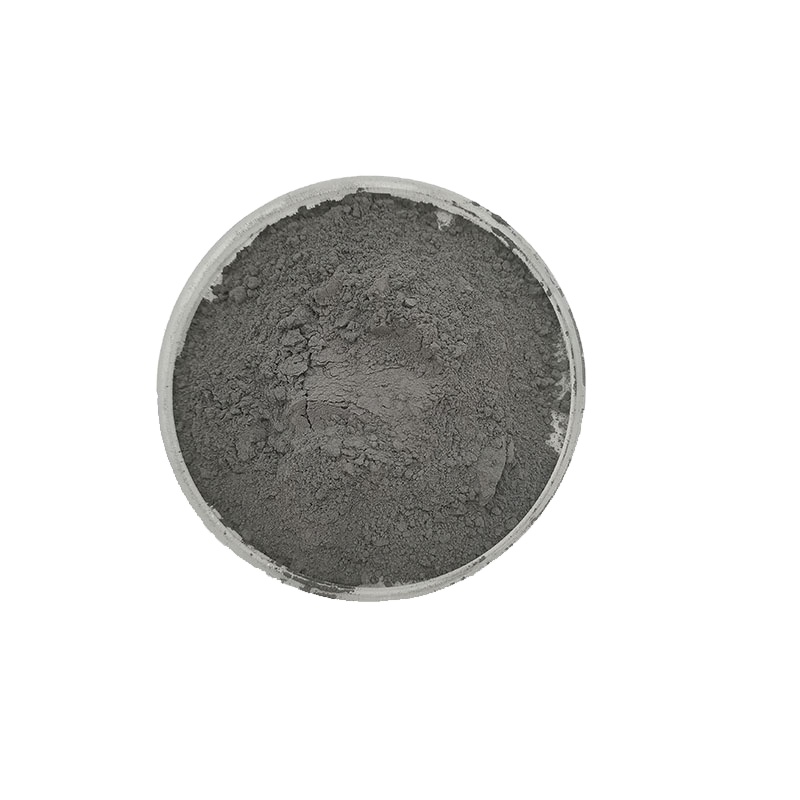Surface modification method of negative ion powder and its advantages and disadvantages
Negative ion powder is a kind of ultrafine ore powder containing a variety of elements. Its surface is highly polar, easy to agglomerate, has poor interfacial affinity with polymers, and is not easy to disperse. The surface must be modified in practical applications.

The representative modification methods mainly include the following categories:
1) Through the physical adsorption of surfactants on the surface of the negative ion powder, the purpose of reducing the surface tension of the negative ion powder and improving its compatibility with the polymer interface is achieved. This modification method is simple to operate, but because the surfactant is only adsorbed on the surface of the negative ion powder by intermolecular force, the binding force is very weak, and it is easy to desorb in some strongly polar media or under high temperature and high shear conditions. And lose the modification effect on the surface.
2) The surface of the negative ion powder is coated with metal or metal oxide, although the coating layer still does not form a chemical bond with the surface of the negative ion powder, but because it is a solid coating layer, it has a certain strength and the coating layer is relatively firm. According to the properties of the coating layer, it can also endow the particles with electrical conductivity and antibacterial properties, and can be widely used in the preparation of special plastics, rubber, and coatings. The disadvantage is that the operating conditions are relatively strict and the cost is high.
3) The surface of the negative ion powder is organically modified by chemical reaction, the coating layer has good affinity with the polymer, and can even form a chemically cross-linked transition layer with the polymer, which is the most efficient and practical modification method at present. For example, use organic acid (anhydride) to modify the surface of micropowder or tourmaline powder; use organic acid chloride to organically modify the surface of tourmaline powder; use coupling agent to form a firm bonding layer with the powder surface.
The purpose of modification is to reduce the surface energy of negative ion powder, solve the problem of easy agglomeration of negative ion powder and dispersion in non-polar matrix or medium, and increase the adhesion between negative ion powder and polymer matrix material. From the comprehensive comparative analysis of the complexity of the operation process, the stability of the product, the cost, the difficulty of industrialization and the final effect, it is the most advantageous method to realize the surface modification of negative ion powder through chemical reaction, especially Modified with various coupling agents.
The surface of the micro-powder is modified with a coupling agent, usually using ethanol or toluene as the dispersion medium, and by grinding or stirring, and at a certain reaction temperature, the coupling agent is fully coated on the surface of the micro-powder. The advantage is that the reaction is sufficient, the coating effect is good, and the coating layer is firm; the disadvantage is that the solvent needs to be recycled, which increases equipment investment and has certain environmental pollution problems. It needs to be further ground and pulverized, and it will re-agglomerate after being dampened for a long time, so it is difficult to store it for a long time.
Using KH-570 as modifier, the surface of ultrafine negative ion powder was organically modified by ball milling method, solvent reflux method and dry grinding method, and then the surface-modified negative ion powder was added to methyl methacrylate monomer. , in-situ suspension polymerization was carried out under the action of an initiator, and the results showed that:
(1) By comparing and analyzing the absorbance, it is proved that the dispersion effect of the negative ion powder modified by the ball milling method in MMA is better than that of the solvent reflux method and the dry grinding method.
(2) The dispersion state of modified negative ion powder in MMA was observed by scanning electron microscope, and it was found that the ball milling method was more conducive to the crushing and refinement of powder agglomerates.
(3) The negative ion powder modified by the ball milling method has the best coating effect of the polymer, and the maximum effective coating rate is 79.2%.
(4) SEM showed that the negative ion powder modified by ball milling was more closely combined with the polymer, and the particle size distribution was more uniform.
(5) After the polymer coating, the negative ion release performance of the negative ion powder is obviously reduced, and the thicker the coating layer, the greater the influence.
(6) The siloxane group at one end of KH-570 reacts with hydroxyl-containing groups such as adsorbed water on the surface of the negative ion powder, and the combination is firm, and the double bond at the other end can be graft-polymerized into the polymer, and by in-situ suspension polymerization, A firm and stable polymer coating is formed on the surface of the negative ion powder to achieve long-term stable storage.
